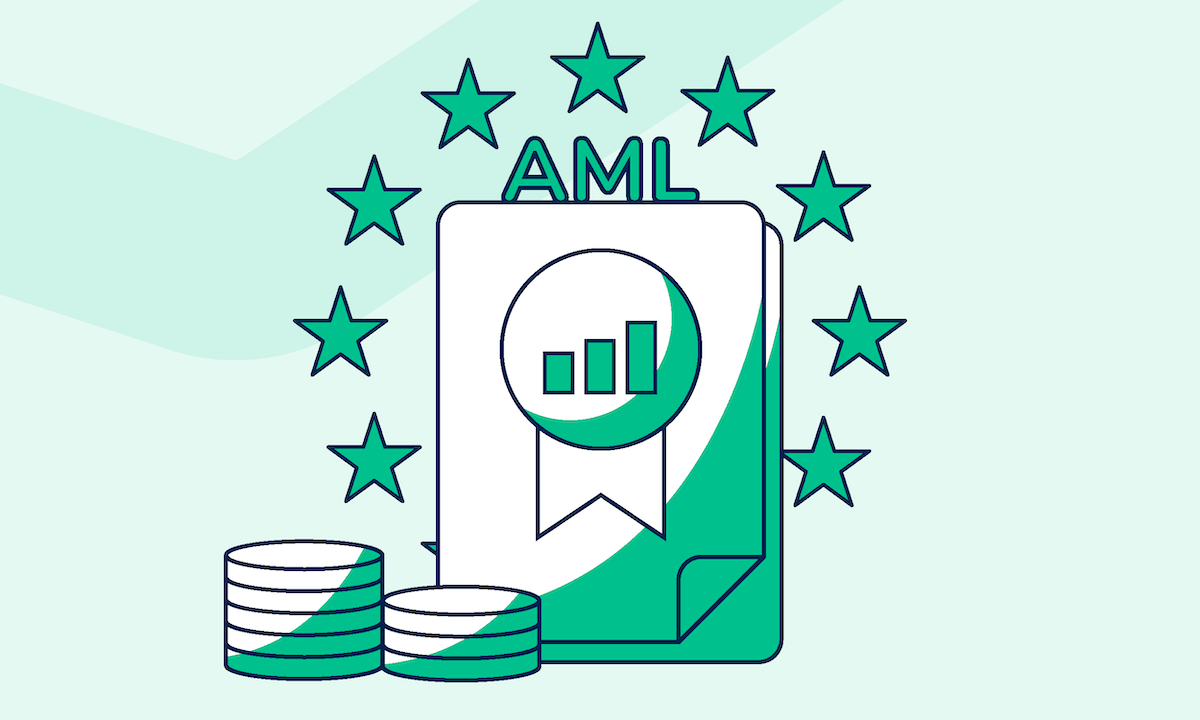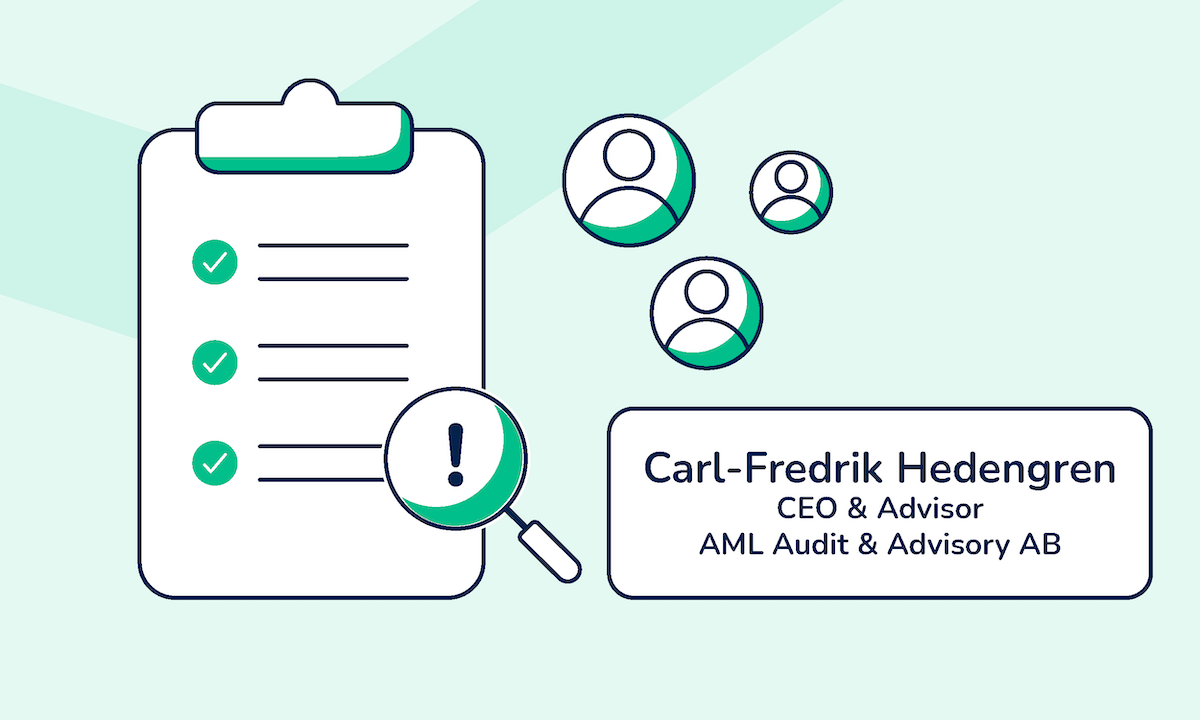Digital accounting refers to creating, transferring, managing, and storing financial information in an electronic format. It involves the use of software solutions to digitize and automate many of the manual processes accountants deal with on a regular basis.
Digitalization in accounting: which processes can be automated?
Accounting has typically been a field characterized by a low level of digital innovation. However, many accounting processes are repetitive and time-consuming, which makes them ideal candidates for automation. Below are some examples of some processes that can be digitalized.
- Accounts payable/receivable: instead of having paper invoices lying around waiting for approval, accountants can automate invoice processing with an invoice management system.
- Procurement: from quote requests, purchase orders, contracts, to shipment receipts, procurement involves a lot of paperwork. All these documents can be digitized, saving both time and costs.
- Audit documentation: a digital audit process is much more secure and accurate. Accountants can rely on digital files and audit trails to document and prove compliance.
- Expense management: submitting, reviewing, and approving expenses manually is time-consuming and inefficient. An expense management tool automates the process and improves the experience for all parties involved.
- Monthly/quarterly close process: retrieving the data needed for the monthly/quarterly close is much faster and more accurate when relying on digital accounting tools.
- Client contracts/agreements: besides internal processes, accounting firms can also digitize the signing and managing of client agreements. It’s more convenient for everyone involved.
What are the benefits of digital accounting?
Some of the main benefits of digital accounting are listed below.
1. Saving time and improving productivity
Digital accounting solutions remove much of the manual work involved in an accountant’s operations, from data entry to reporting and everything in between. For example, a best-in-class accounts receivable automation system can handle up to 90% of bookkeeping, billing, and debt collection workflows with no human involvement. This enables accountants to save time and focus instead on more analytical and insights-driven tasks.
2. Data accuracy and scalability
Digital solutions are more reliable than traditional accounting practices. People are prone to making mistakes, whereas software will provide accurate data much more consistently.
Another thing to consider is that starting off with manual accounting practices might be fine for a small business, but as it grows its needs change. A digital accounting solution offers better opportunities for scaling based on the company’s needs.
3. Enhanced security
Cyberattacks are becoming more common, which is why data safety should be an integral part of each business. Most accounting solutions provide a high level of security, from access restrictions and encryption to regular backups and cloud storage. With such a solution, an organization’s data is well-protected and still available in case of a system failure or data breach.
4. Remote access
Cloud-based accounting software has the benefit of being accessible from anywhere, across devices. This provides a much more efficient way of working, and it’s particularly convenient in case of a system failure. Users can simply log in from a different computer and continue their work.
5. Analytics and real-time advice
Most digital solutions provide some sort of insights and analytics, making it much easier to create reports and spot trends. Very often, this data is provided in real-time, so accountants can make educated business decisions even faster.
6. Integrations and syncing
Integrating an accounting program with other business tools means that they can update each other in real-time or on-demand by automatic syncing of the data. This reduces manual work significantly and ensures data is always up to date across platforms.
ERP: powering accounting for the next era of growth
While accounting software can go a long way in a small business, larger and more complex organizations often choose to implement an ERP system to manage their operations.
ERP stands for Enterprise Resource Planning and is a software program that supports a business’s processes and operations across different departments. In other words, an ERP solution provides an integrated system for the entire company.
There are many benefits to using an ERP system in accounting. ERPs make it easier to pull financial data from across the organization, reduce the number of errors, and provide accountants with a higher degree of control. All to enable them to take business decisions with increased accuracy, reliability, and speed.
What are the main trends driving digital transformation in accounting?
The three main trends are widespread digital transformation, legislation supporting digitalization, and increased sustainability awareness.
Widespread digital transformation
Professionals across all industries find themselves dealing with major changes, many of them driven by emerging technologies. The shift to digital transformation has only been accelerated by recent events, and accounting firms are no exception.
To stay competitive, accounting firms will have to understand how technologies like blockchain, AI, and cryptocurrencies will impact their work going forward and develop new business models to adapt to these changes and succeed in the future. Embracing digital transformation is a must for accounting firms. After all, all the top-ranked accounting firms in the US are already quite comfortable with using Web2 and Web3 financial technology to improve their processes.
Legislation supporting digitalization
The European Union and the United Nations and constantly pushing the digital agenda forward, in both governments and businesses. Some of the most relevant regulatory initiatives launched to drive the digital transformation in accounting are briefly mentioned below.
The Digital Single Market
The Digital Single Market initiative aims to provide better access for consumers and businesses to online goods and services across Europe. Its main goal is to create a safer digital space, by removing barriers to cross-border e-commerce while increasing consumer protection.
The eIDAS Regulation
The eIDAS regulation makes it easier for EU companies and citizens to use electronic signatures and electronic IDs to conduct business and access online services in a faster and more secure way across the EU.
EU AML Directives
The EU AML Directives aim to deter money laundering and terrorist financing by creating a consistent regulatory framework across all EU member states. The EU has issued five AML Directives — each building upon its predecessor.
The General Data Protection Regulation (GDPR)
The GDPR is the main framework for protecting the privacy of EU citizens’ personal data. The regulation lays down rules about the processing of personal data, specifically any operation performed on personal data relating to individuals in the EU.
The European Single Electronic Format (ESEF)
ESEF is an electronic reporting standard developed by the European Securities and Markets Authority (ESMA). All companies with securities within the EU are required to prepare their annual report in compliance with this standard.
Increased sustainability awareness
With climate change and environmental issues gaining a more prominent place in the public sphere, CSR is taking on a strategic role across organizations as it contributes to positive public relations, brand reputation, and long-term profits.
Companies nowadays are becoming increasingly accountable not just for their finances but for the sustainability of their operations. And that includes accounting firms as well.
Traditionally a document-heavy industry, accounting firms have a great opportunity to digitalize many of the paper-based processes and strengthen their sustainability profile.
How can Penneo help digitalization in accounting?
At Penneo, we work closely with accounting firms to improve the way accountants work. Our two solutions automate processes related to client onboarding and document transactions.
Penneo KYC is a digital solution that automates the manual work in onboarding new clients and performing the KYC process. Our system guides users through the entire process, from risk assessment to requesting documentation and storing data securely.
Penneo Sign is a tool that enables businesses to send, sign, and manage documents digitally in one place. Companies can easily keep track of the status of their documents, use automatic reminders to make sure deadlines are met, and store all documents in a secure and GDPR compliant way.





